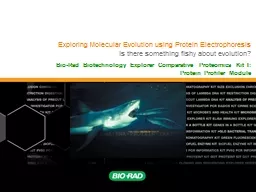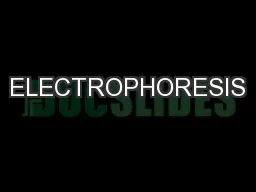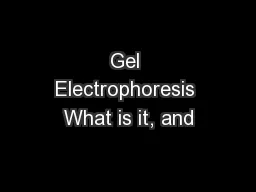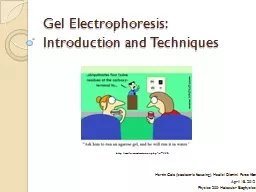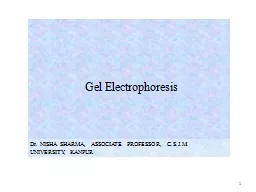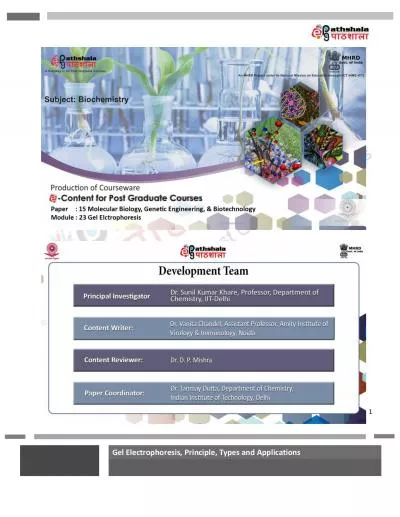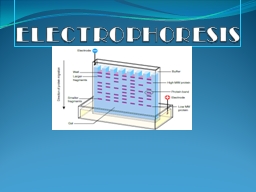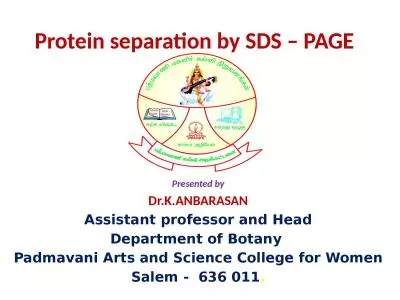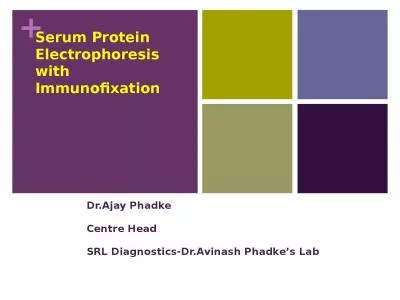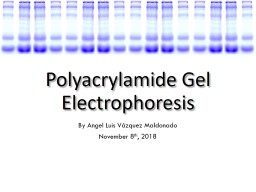PPT-Exploring Molecular Evolution using Protein Electrophoresis
Author : kittie-lecroy | Published Date : 2016-03-18
Is there something fishy about evolution BioRad Biotechnology Explorer Comparative Proteomics Kit I Protein Profiler Module Instructors BioRad Curriculum and Training
Presentation Embed Code
Download Presentation
Download Presentation The PPT/PDF document "Exploring Molecular Evolution using Prot..." is the property of its rightful owner. Permission is granted to download and print the materials on this website for personal, non-commercial use only, and to display it on your personal computer provided you do not modify the materials and that you retain all copyright notices contained in the materials. By downloading content from our website, you accept the terms of this agreement.
Exploring Molecular Evolution using Protein Electrophoresis: Transcript
Download Rules Of Document
"Exploring Molecular Evolution using Protein Electrophoresis"The content belongs to its owner. You may download and print it for personal use, without modification, and keep all copyright notices. By downloading, you agree to these terms.
Related Documents

